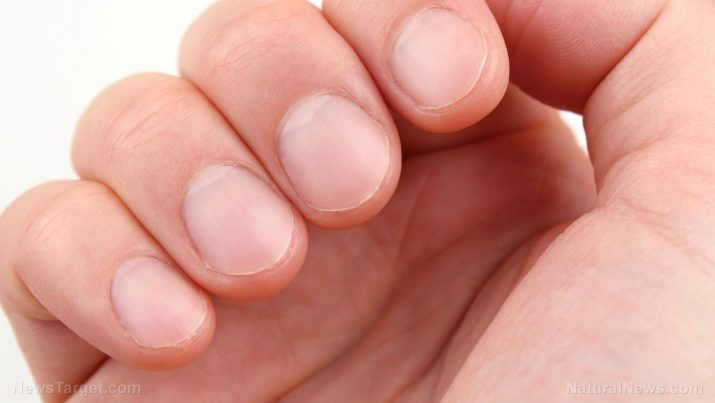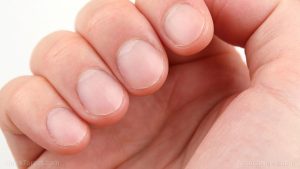
Stenosing tenosynovitis – causes, side effects and treatments at NaturalPedia.com
Thursday, July 26, 2018 by Ralph Flores
http://www.naturalpedia.com/stenosing-tenosynovitis-causes-side-effects-and-treatments-at-naturalpedia-com.html

Stenosing tenosynovitis, better known as “trigger finger,” happens when a finger or thumb becomes seemingly stuck in a bent position until it snaps back into place. The condition usually affects older women, in particular.
Stenosing tenosynovitis is the result of an inflammation of the sheath which houses the tendons that control movement. This makes the sheath constricted and prevents the tendons from moving through it.

Known risk factors and symptoms of stenosing tenosynovitis
The primary risk factor for stenosing tenosynovitis is repetitive trauma, which is common in activities like gardening, pruning, and clipping. In some cases, it could also be caused by an underlying condition that causes inflammation in the tissues of the hand, such as rheumatoid arthritis.
The hallmark symptom of stenosing tenosynovitis is when any of the fingers of the hand “snaps” while attempting to grip. This happens when instead of a smooth, closing action, the affected finger hesitates then suddenly snaps closed. The same effect is observed when trying to extend the finger. In severe cases, the affected finger must be manually extended.
Body systems affected by stenosing tenosynovitis
The condition primarily affects the tendons of the hand.
Food items or nutrients that may prevent stenosing tenosynovitis
Certain food items are recommended to relieve stenosing tenosynovitis. These include:
- Pineapples. These contain bromelain which can relieve pain associated with the condition. The fruit also is known to reduce inflammation, thanks to its vitamins and minerals.
- Turmeric. The curcumin in turmeric is one of the most effective remedies for finger pain. It can either be consumed or applied topically to the area.
- Coconut oil. The antioxidants found in coconut oil keeps inflammation and swelling at bay. It can also be applied to the affected area.
- Ginger. Adding ginger to your dishes or applying it raw to the inflamed area are effective ways of pain relief.
- Cherries. The anthocyanin in cherries is a natural pain reliever.
- Apple cider vinegar. This common home remedy is effective for stenosing tenosynovitis, thanks to its anti-inflammatory activity. For best results dilute it with water to reduce acidity.
- Almonds. These contain vitamin E, unsaturated fats, and omega-3 fatty acids which all help relieve trigger finger pain and reduce inflammation.
Treatments, management options for stenosing tenosynovitis
To note, there are conventional therapies for stenosing tenosynovitis, including medication. However, these may come with adverse side effects. Natural options, however, include:
- Soaking the affected finger in warm water. This is best done in the morning to reduce the risk of catching the condition throughout the day.
- Resting the hand for at least four to six weeks and minimizing repetitive gripping action.
- Passive stretching exercises to increase blood circulation.
- Deep massage, especially in the forearm muscles to relieve locking.
Where to learn more
Summary
Stenosing tenosynovitis occurs when a digit becomes stuck in a bent position until it snaps back into place.
Stenosing tenosynovitis is the result of an inflamed sheath which prevents the tendons from moving through it.
Repetitive trauma is the primary risk factor for stenosing tenosynovitis.
The hallmark symptom of stenosing tenosynovitis is when any of the fingers of the hand “snaps” while attempting to grip.
Stenosing tenosynovitis primarily affects the tendons of the hand.
Sources include:
Tagged Under: Tags: stenosing tenosynovitis





